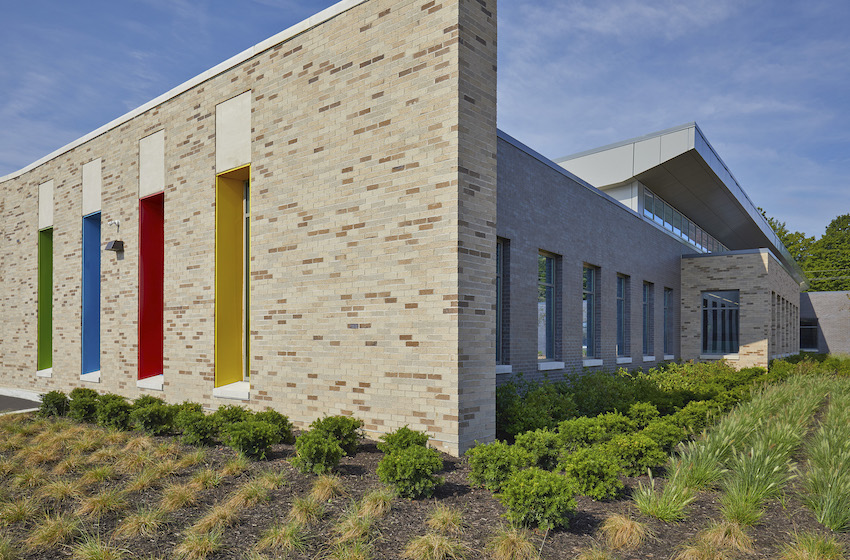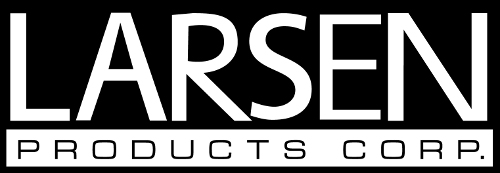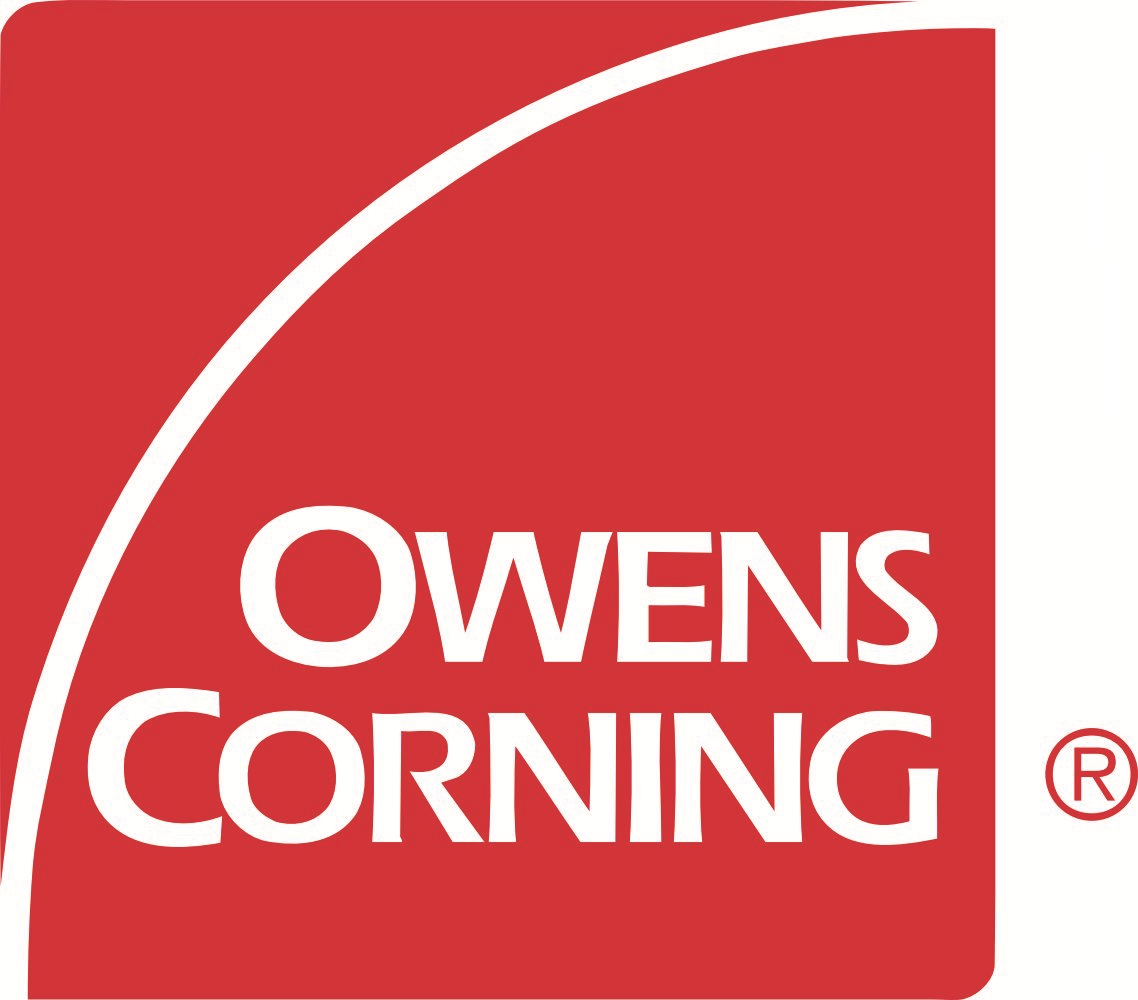Life-Cycle Assessment in Building Design and Construction
Sponsored by Duro-Last®, Inc., Larsen Products Corp., MFM, and Owens Corning® | Presented by Daniel Overbey, AIA, NCARB, LEED Fellow, LEED AP (BD+C, ID+C, O+M), WELL AP
Webinar On-Demand
The building construction industry produces a lot of waste—perhaps responsible for over a quarter of all material added to U.S. landfills today. This speaks to a design problem: our building products simply have not been designed for their total life-cycle. This course will introduce the audience to the fundamental concepts of life-cycle assessment and frame the concepts as they relate to the building design and construction industry. The course will explain the virtues of shifting focus from single-attribute building product specifications to a better-informed holistic approach to assessing building products. The course will describe some of the common building product disclosure document types used by project teams today—particularly on LEED v4/v4.1 projects. Finally, this course will describe the fundamentals of whole-building life-cycle assessment and its potential benefits with regard to environmental impacts. This course is designed to be a primer for anyone interested in the topic of life-cycle assessment as it relates to building design and construction.

Photo courtesy of Browning Day Mullins Dierdorf/Photograph by Tony Frederick

|
Daniel Overbey, AIA, NCARB, LEED Fellow, LEED AP (BD+C, ID+C, O+M), WELL AP, is an Assistant Professor of Architecture at Ball State University and the Director of Sustainability for Browning Day Mullins Dierdorf in Indianapolis. His work focuses on high- performance building design and construction, environmental systems research, green building certification services, energy/life-cycle assessment modeling, and resilient design. Prior to his current academic and professional roles, Daniel developed a foundation in applied research focused on environmental control systems through his work at the Center for Maximum Potential Building Systems in Austin, Texas, and the Natural Energies Advanced Technologies Laboratory at the University of Nevada, Las Vegas. |
LEARNING OBJECTIVES
- Describe the magnitude of the waste stream associated with the U.S. building construction market.
- Define the basic framework for a life-cycle assessment.
- Identify the common forms of building product disclosure documents and their key differences in scope.
- Explain the value of whole-building life-cycle assessment modeling versus single-attribute product specification tracking as part of a holistic approach to less adverse environment impacts of buildings.














